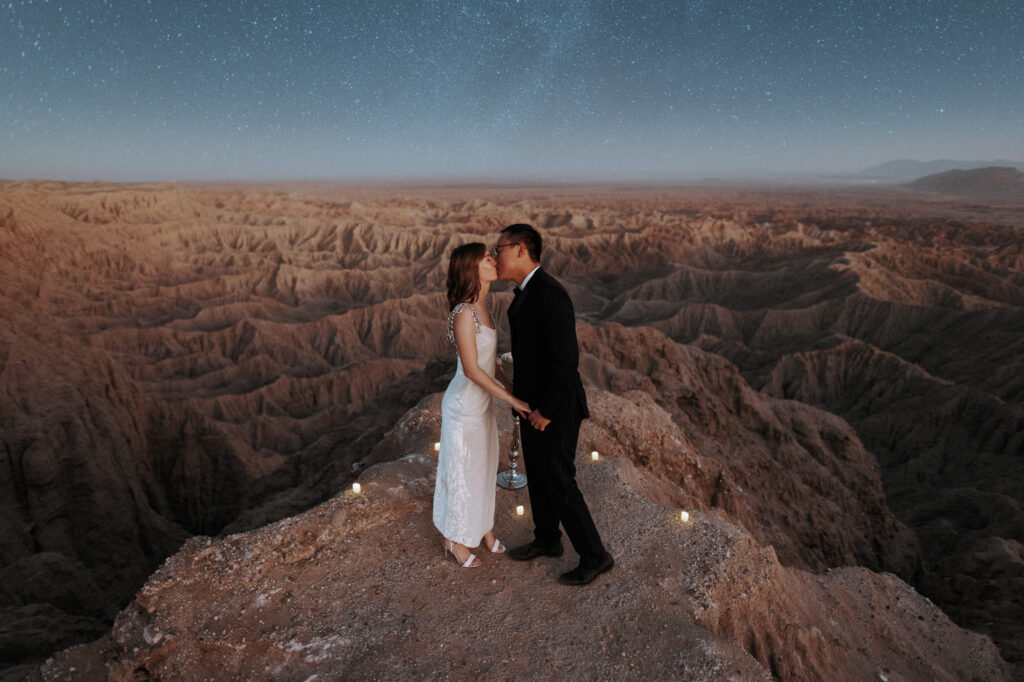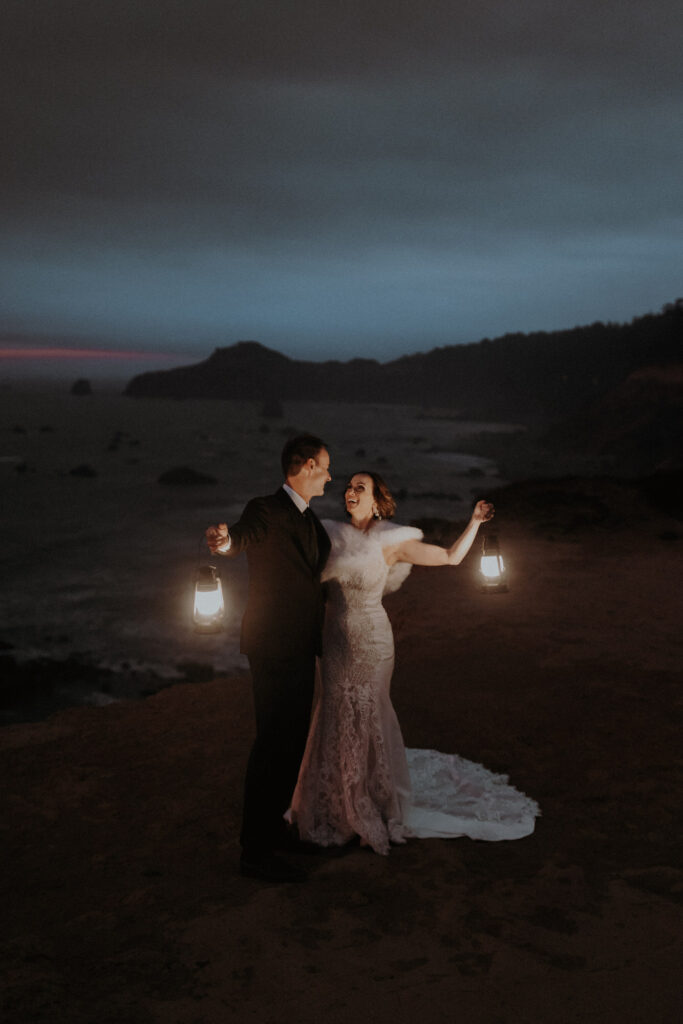So, you want to self-solemnize huh? I’ve got you covered!
First off, let’s define self-solemnization as the act of officiating your own wedding ceremony, without the need for a third-party officiant or religious leader. It can be a great option for those who want to elope or have a more intimate or non-traditional wedding ceremony. If you’re interested in self-solemnizing your wedding, here’s a step-by-step guide to help you get started.

Step 1: Check the Local Laws
Before you start planning your self-solemnized wedding, it’s important to check the laws in the area you plan to elope. Self-solemnization is legal in some states in the United States, such as Colorado, California, and Pennsylvania, but it may not be legal in others. Check with your local county clerk or government office to ensure that self-solemnization is legal where you’re planning to elope, or hire a photographer or elopement planner familiar with the area and its marriage laws. (I can help – reach out to me here!)
Here’s a list of everywhere in United States where some form of self-solemnization is legal:
Colorado
The gold standard. Fully legal, no officiant or witness needed.
Pennsylvania
Allowed under a self-uniting license. Some counties may ask for proof of Quaker or other religious beliefs, but most allow it for anyone now.
Wisconsin
Allowed, but you must sign a waiver acknowledging your marriage might not be recognized in other states.
Nevada (sort of)
Not truly self-solemnizing, but one partner can become a temporary officiant for a day via an easy online process.
District of Columbia (D.C.)
Fully allows self-solemnization with no religious requirement.
Illinois
Allowed if both partners are part of a religion or indigenous tribe that does not require an officiant. No clear secular option.
California
Not technically self-solemnizing, but a “Confidential Marriage License” allows couples to marry without an officiant if they are already living together — must be performed in-person and witnessed by a licensed officiant. (Hi. 👋)
Kansas
May allow it under religious beliefs or customary law — language is vague, and it’s a legal gray area.
Maine
Similar to Kansas — some interpret that religious or tribal self-solemnization might be honored, but not codified for secular couples.
🟡 Special Mentions / Gray Areas:
- Utah: Some argue virtual officiants (including AI ministers) count under current rules, but self-solemnization isn’t officially permitted.
- New York, Texas, and most others: Require a licensed officiant with no exceptions.
Step 2: Plan Your Ceremony
Once you’ve confirmed that self-solemnization is legal in your area, it’s time to start planning your ceremony. You’ll need to decide on the format of your ceremony, including any readings, vows, or rituals that you want to include. You may want to consult with your partner and consider their opinions and preferences as well.
Step 3: Obtain a Marriage License
In most states, you’ll need to obtain a marriage license before your wedding ceremony. Check with your local government office for the requirements and application process for a marriage license. Some states may have a waiting period or require blood tests, so be sure to plan ahead.
Step 4: Practice Your Ceremony
Practice your ceremony ahead of time to ensure that you feel comfortable and confident officiating your own wedding. You may want to rehearse with your partner or a close friend to get feedback and make any necessary adjustments.
Step 5: Conduct Your Ceremony
On the day of your wedding, conduct your ceremony according to the plan you’ve created. Remember to speak clearly and confidently, and to pause for any readings or rituals. Don’t forget to sign your marriage license after the ceremony is complete.
Step 6: Celebrate Your Marriage
After your ceremony, it’s time to celebrate your marriage! Pop a bottle of bubbly! Whether you have a small gathering or a larger reception, take some time to enjoy the company of your loved ones and start your life together as a married couple.

All in all, self-solemnizing your wedding can be a great way to personalize your ceremony and create a meaningful and intimate experience for you and your partner. Be sure to check the laws where you plan to elope, plan your ceremony carefully, hire a dope photographer who can support you on your journey and capture incredible art of your day, and practice ahead of time to ensure that your ceremony is a success. You got this!
LEAVE A COMMENT
Comments